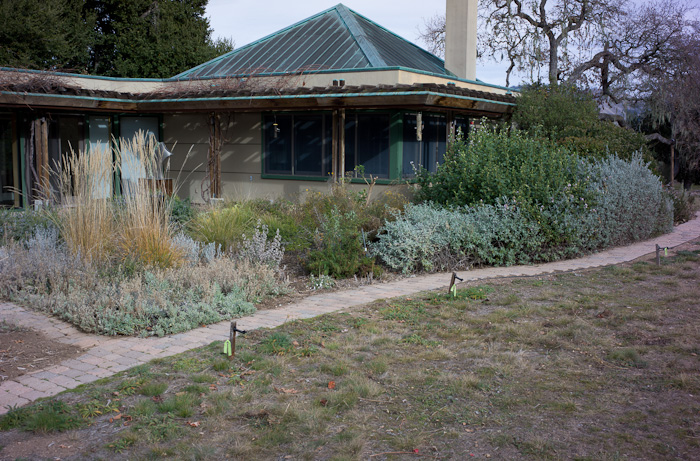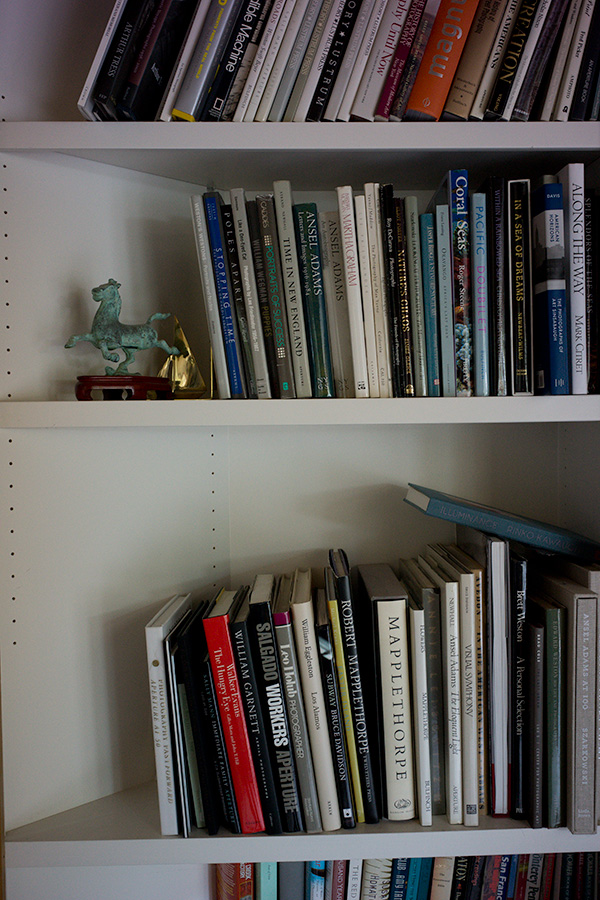Ignoring the brightness falloff towards the corners, which is easy to deal with in image editing and may prove to be esthetically appealing, the most important measure of the purple-corner effect is the change in chrominance (that portion of color that is unrelated to luminance). CIELab provides a formula for calculating chrominance: (a^2 + b^2)^.5…. [Read More]
NEX-7 — Lens testing for purple corners
I’ve now completed making the test images for the following lenses, using the methodology of the previous post: Sony 16mm f/2.8 E mount Leica Tri-Elmar 16/18/21mm f/4 Leica Super-Elmar 18mm f/3.8 ASPH Leica Elmar 24mm f/3.8 ASPH Leica Elmarit 24mm f/2.8 ASPH Zeiss Biogon 35mm f/2 Leica Summilux ASPH 50mm f/1.4 In this post, I’ll report the… [Read More]
NEX-7 — test images for corner color correction
Cameras like the NEX-7, with their high resolution sensors and low flange distances, return to photography the kind of flexibility in lens selection associated with view cameras. That flexibility is not without cost. There is a loss in automation, which is no big deal to most of us. The biggest effect is that the responsibility… [Read More]
NEX-7– purple corners
Near the start of my NEX-7 postings, a reader asked me if I saw purple corners when the camera is used with wide angle lenses. I replied that I had noticed the effect with the 24 mm Elmar. I’ve had a chance to do some more reading and some more experimentation, and here’s what I’ve… [Read More]
Sony NEX-7 noise
In a comment to the previous post, a reader challenged my assertion that the NEX-7 is a terrible lowlight camera because of high noise level above ISO 400. I’ve conducted some experiments to demonstrate what I’m talking about. Because noise needs to be evaluated at pixel for pixel or higher resolutions, I thought it would… [Read More]
- « Previous Page
- 1
- …
- 512
- 513
- 514
- 515
- 516
- …
- 574
- Next Page »


